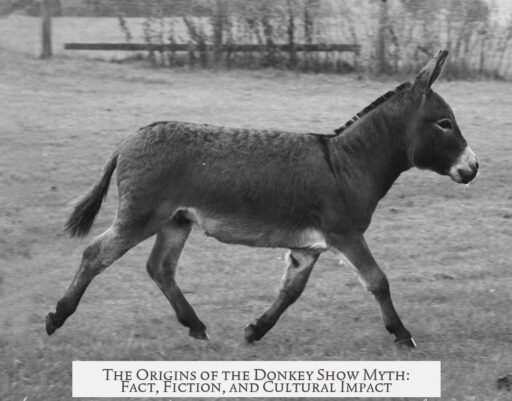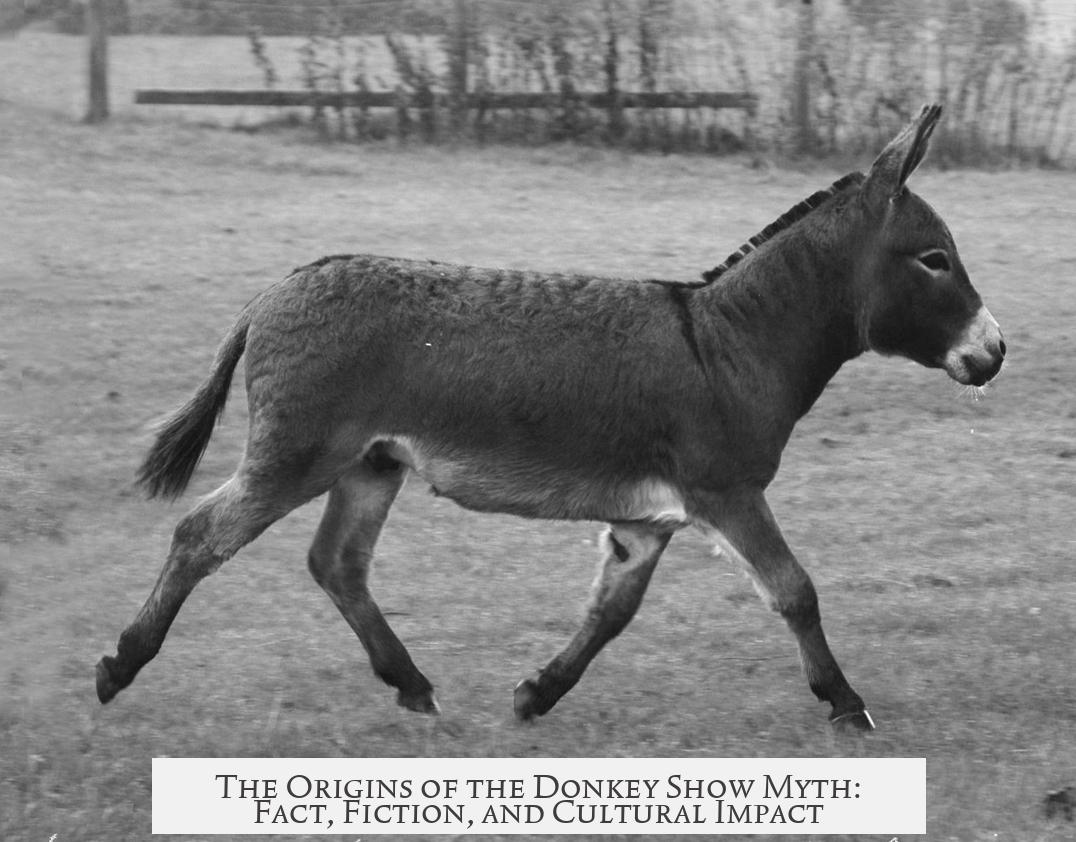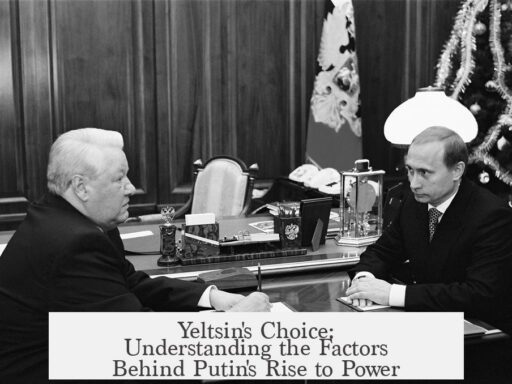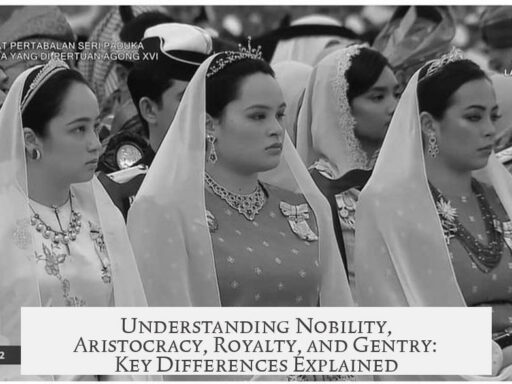The origin of the donkey show myth largely stems from a blend of historical exaggeration, cultural misunderstanding, and popular culture rather than firm documented evidence of organized sexual performances involving humans and donkeys. Records of bestiality acts exist from antiquity but are often confused with fictional or mythical stories. No credible proof supports the frequent claim that donkey shows were common or public spectacles, especially in Mexican border towns or elsewhere.
Historically, accounts of sexual acts involving animals tend to be rare and usually appear in legal or pornographic contexts. The acts are mostly illegal and socially condemned, which suppresses open documentation. Reports from period newspapers or legal documents seldom describe any formalized show involving animals like donkeys or mules for sexual entertainment. Instead, sensationalism and folklore have distorted the truth over time.
The myth’s potential cultural roots link to U.S.-Mexico border towns during the Prohibition era (1920-1933). When American tourists traveled to Mexico seeking alcohol and looser vice laws, stories of adult entertainment, including brothels and sex shows, circulated. Some border towns featured mules and donkeys painted with stripes for tourist photographs, possibly contributing to exaggerated or mistaken perceptions. However, the phrase “donkey show” did not enter widespread spoken or written language until the 1970s or 1980s, complicating efforts to trace its earliest origins.
| Aspect | Details |
|---|---|
| Antiquity | Fictional stories such as Apuleius’s *The Golden Ass* depict donkeys in sexual scenarios, influencing misconceptions. |
| Legality | Bestiality mostly illegal, limiting open records or authentic shows. |
| Prohibition Era | Sex tourism grew, but no verified donkey shows. |
| Phrase Usage | “Donkey show” gains pop culture use in late 20th century. |
| Popular Culture | Films like *Losin’ It*, *Bachelor Party*, and *The 40-Year-Old Virgin* reinforce the myth. |
Popular culture has greatly amplified the myth of the donkey show. Several U.S. films from the 1980s onward reference or joke about donkey shows as bizarre, taboo entertainment supposedly seen in Mexico. These works have solidified the idea of donkey shows as an exotic, risqué attraction, though their portrayal is mainly comedic and anecdotal. There is no documentary film, legal record, or authenticated eyewitness account validating the existence of organized donkey shows as commonly believed.
There is a harsh reality that sexual abuse and exploitation of animals occur across many cultures and time periods. Some early Mexican stag films (1930s) reportedly depicted bestiality, though primarily involving dogs, not equines. Documentary sources such as Luke Ford’s *A History of X* and Beetz and Podberseck’s research confirm the existence of adult films featuring animal acts but do not support claims of public donkey shows. Skepticism arises from inconsistent and unreliable source material.
Several factors make organized donkey shows highly unlikely: the illegality of bestiality, lack of genuine mutual sexual interest between humans and equines, practical difficulties in staging such performances, and the severe social stigma. While isolated, illicit instances might have occurred, no robust evidence confirms their existence as routine or commercial attractions.
Verification remains difficult. The absence of verifiable documented accounts means the donkey show’s notoriety owes more to rumor and entertainment media than historical reality. It is hard to prove something did not exist, but the substantial lack of direct evidence casts serious doubt on the myth’s credibility.
- The donkey show myth combines fictional literature, legal taboos, and anecdotal claims without firm proof.
- Prohibition-era U.S.-Mexico border tourism may have fostered the myth’s emergence, but without documentation.
- Popular culture films popularized and perpetuate the myth for comedic effect.
- Sexual abuse of animals exists, but organized donkey shows as entertainment are unverified and improbable.
- Historical records, legal documents, and firsthand accounts do not support a history of public donkey shows.
What Are the Origins (or Truth) of the Donkey Show Myth?

So, what’s the real story behind the infamous “donkey show” myth? Is it fact, fiction, or somewhere in the murky middle? Let’s dive into the history, cultural layers, and reality checks that reveal the origins and truth of this wild tale.
The “donkey show” is often portrayed as a lurid spectacle involving sexual acts between humans and donkeys or mules, particularly linked to Mexican border towns. But as colorful and notorious as this notion sounds, its actual historical footing is surprisingly shaky.
The Ancient Roots: Myth or Reality?
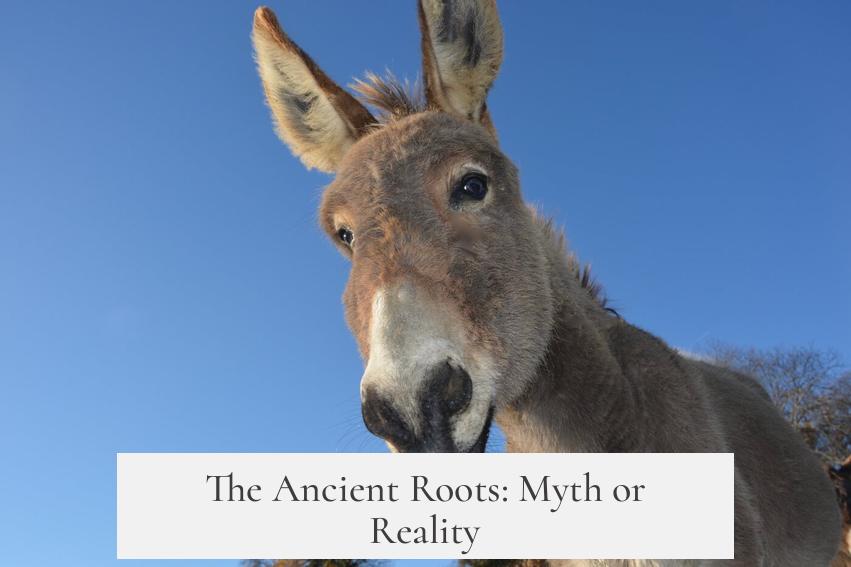
The idea of bestiality performances is nothing new. Records dating back to antiquity document acts that have been staged or reported, but with considerable embellishment. Take, for example, the bizarre claim that Emperor Galba had the poisoner Locusta raped by a giraffe—yes, a giraffe! That’s probably more myth than maniacal fact.
Similarly, the Roman writer Apuleius wrote a fictional story in The Golden Ass where a female poisoner is raped by a donkey, which had transformed from the protagonist himself. This story, while fictional, likely stirred imaginations and set a precedent for linking donkeys and salacious spectacles in popular lore.
These ancient and literary references provide a seedbed for the exaggerated myths that later generations took and twisted further.
Why Are There So Few Legitimate Records?
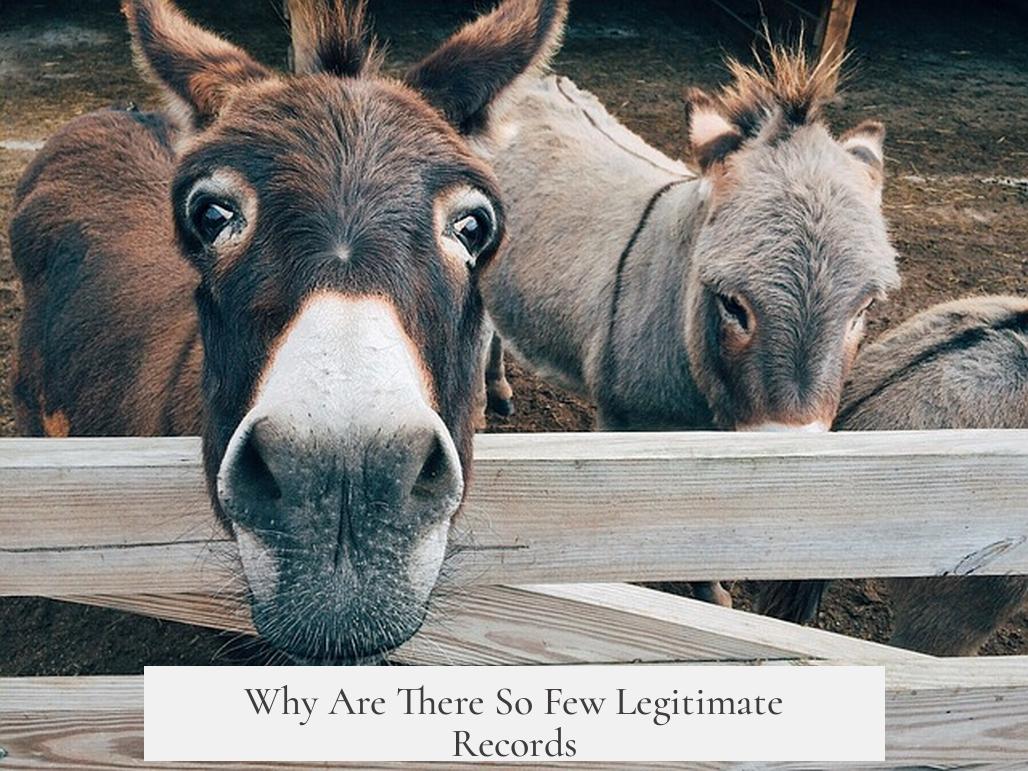
The answer lies in legality and social norms. Bestiality has been illegal in most European and American societies for centuries. Because such acts were criminalized, documented cases in official accounts or newspapers are rare or nonexistent. When they do appear, it is usually in legal documents or sensationalized pornography rather than in sober reportage.
This adds a fog of uncertainty over the matter. Without credible legal or journalistic verification, many details remain hearsay, urban legend, or the product of taboo allure.
Mexican Border Towns and the Prohibition Era: A Fertile Setting for the Myth
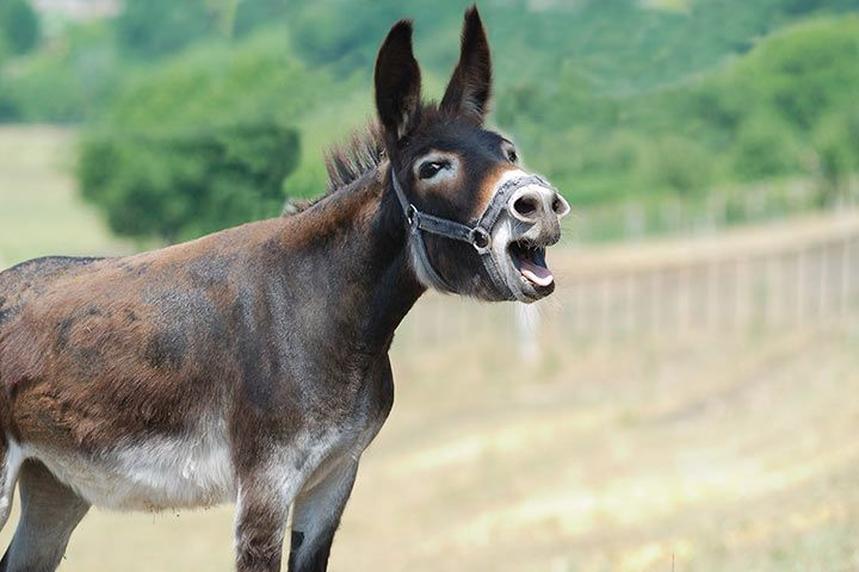
Fast forward to the early 20th century. The United States’ Prohibition era (1920–1933) pushes Americans to cross into Mexican border towns, which were “wet” zones with legal alcohol and tolerance for brothels and various nightlife entertainments. It is likely in this charged atmosphere that tales of “sex tourism” and risqué shows, including hints of “donkey shows,” began to ripple.
Mules and donkeys were common in these towns, sometimes painted with stripes for tourists’ photos, possibly fueling or adding a veneer of reality to the myth. Yet, pinpointing when the exact phrase “donkey show” entered popular parlance is tricky—the term didn’t firmly enter common use until the 1970s or 80s, and before then, it might have just referred to equine exhibitions, much like horse or dog shows.
Pop Culture’s Role in Cementing the Legend
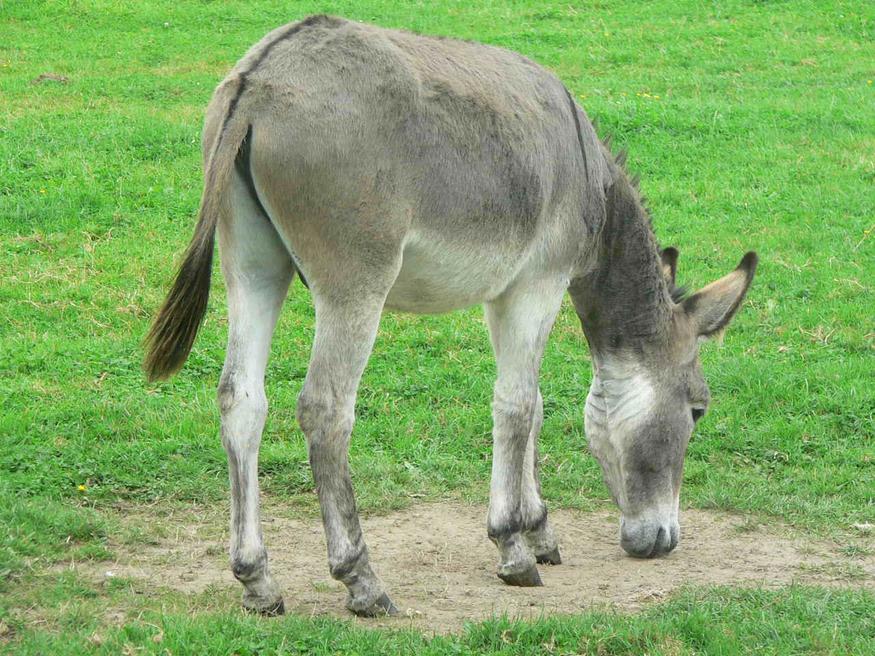
The “donkey show” really galloped into public imagination through films and media, often portrayed as a bizarre and outrageous attraction. Movies such as Losin’ It (1983), Bachelor Party (1984), The 40-Year-Old Virgin (2005), Clerks 2 (2006), and The Heartbreak Kid (2007) feature references or jokes about the concept, embedding it in pop culture as a symbol of outrageousness and dark humor.
However, the evidence in all these cases is largely anecdotal—the film depictions rely on the idea’s shock value rather than historical truth.
The Uncomfortable Truth: Recorded Sexual Abuse and Films
It’s important to acknowledge that sexual abuse involving animals does exist, and isn’t limited to donkeys or horses. Scholarly works like Luke Ford’s A History of X: 100 Years of Sex in Film (1999) and Beetz and Podberscek’s Bestiality and Zoophilia: Sexual Relations with Animals (2005) confirm that such themes appeared in Mexican stag films of the 1930s—often featuring dogs rather than donkeys.
Yet skepticism lingers regarding the accuracy of these sources, and the evidence tends to be patchy or speculative. Logistical and legal realities make the existence of large-scale “donkey shows” improbable; the difficulty in organizing such spectacles, combined with the lack of genuine sexual interest from humans and animals, renders the idea unlikely as an organized or recurring form of entertainment.
Why It’s Hard to Pin Down the Truth
Proving a negative—“donkey shows never existed”—is famously tough. But the inverse is similarly challenging since credible first-hand accounts, legal reports, or trustworthy records don’t exist. Instead, there’s a cloud of anecdotal stories, hearsay, and urban legend.
In essence, the donkey show myth sits at the crossroads of myth, rumor, and possibly very rare, isolated incidents blown out of proportion.
What Can We Take Away From This? Tips for Navigating the Myth
- Be skeptical of lurid tales. Many stories are exaggerated or fictionalized, especially when rooted in taboo.
- Recognize cultural and historical contexts. The Prohibition-era cross-border dynamic shaped many myths.
- Understand the role of media. Films and pop culture often amplify sensational myths.
- Separate anecdote from evidence. Without solid documentation, treat such stories as folklore rather than fact.
Instead of taking the donkey show myth at face value, it’s more enriching—and frankly much less bizarre—to appreciate how myths evolve and feed off cultural taboos and misunderstandings.
Final Thoughts
The pandemic of myths often spreads faster than the truth. The “donkey show” is a classic example where centuries-old literary fiction, societal taboos, and cultural tourism narratives combined to create a legend that’s part scandal, part humor, and total mystery.
No verifiable, organized “donkey shows” as wild spectacles seem to have ever existed as a common reality. But the myth lives on, fueled by juicy rumors and Hollywood scripts.
Isn’t it fascinating how such a bizarre concept could come from a mixture of old stories, tourism vibes, and human imagination? So next time you hear about the “donkey show,” remember: truth is often stranger—or in this case, far less entertaining—than fiction.
